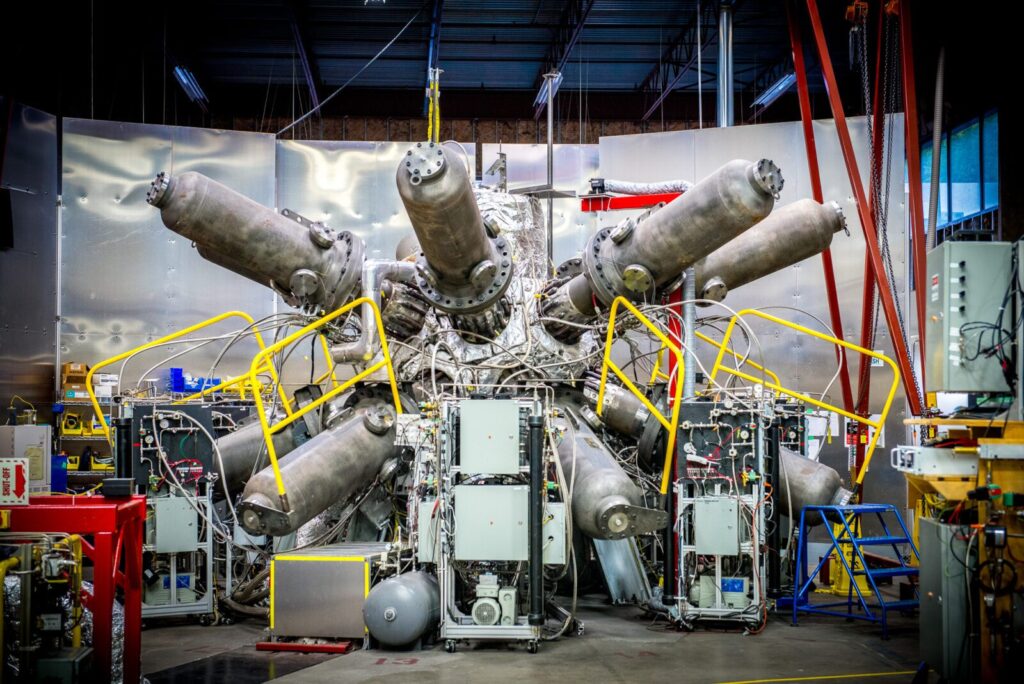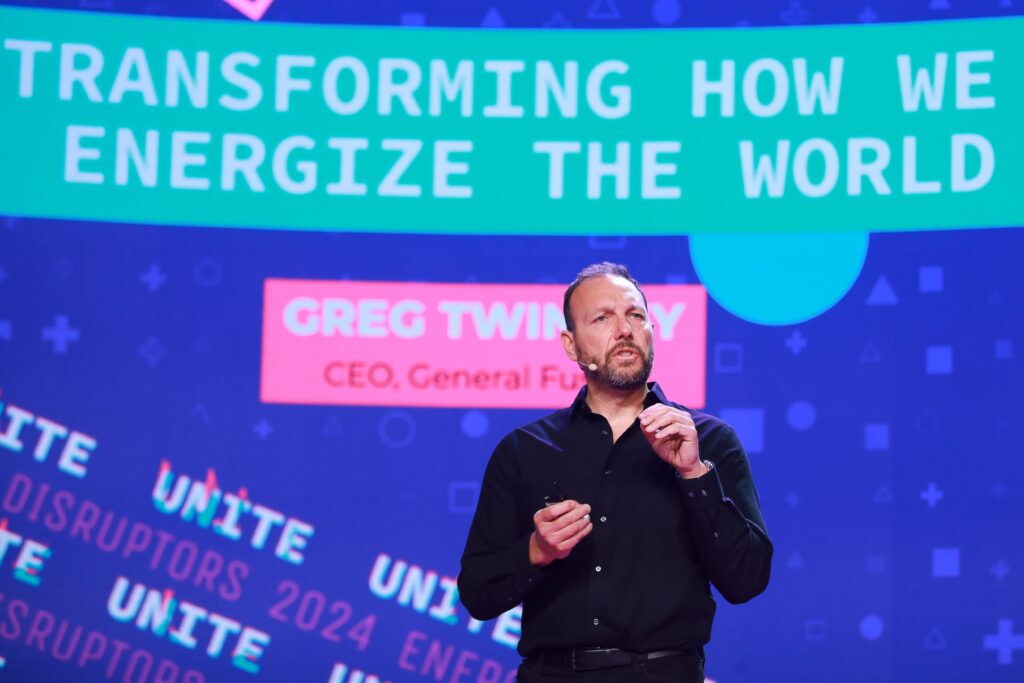General Fusion has successfully formed a magnetized plasma inside its Lawson Machine 26 (LM26), marking a significant step in the advancement of its Magnetized Target Fusion (MTF) technology. The Burnaby-based company now aims to compress these plasmas with a lithium liner to generate fusion, tracking toward game-changing technical milestones that could pave the way for […]
General Fusion
General Fusion CEO Greg Twinney on the Promise of Fusion: A Future Powered by Nature’s Energy
General Fusion’s Greg Twinney presented a bold vision at the Energy Disruptors: UNITE 2024 conference this week, outlining how fusion energy has the potential to transform the world’s energy landscape, bringing clean, scalable, and abundant power to the grid by the mid-2030s. The General Fusion CEO shared the progress and promise of fusion energy, emphasizing […]
Energy Disruptors: UNITE 2024 to Showcase $1 Billion in Canadian Cleantech Innovation
The future of Canadian industry will be on stage in Calgary this October, when CEOs from seven of the most funded Canadian cleantech companies ever appear at Energy Disruptors: UNITE 2024. Keynote presentations will come from the following leaders: John Redfern – President and CEO of Eavor Greg Twinney – CEO of General Fusion Amanda Hall – […]





